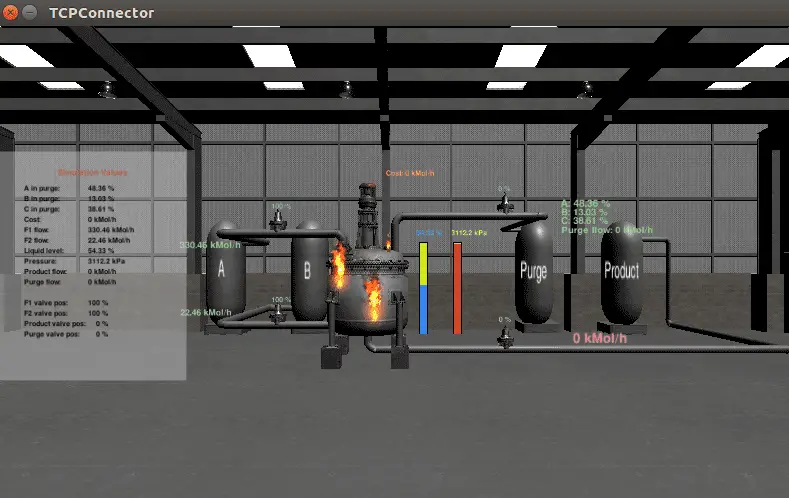GRFICS: Graphical Realism Framework for Industrial Control Simulations

GRFICS
GRFICS is a graphical realism framework for industrial control simulations that uses Unity 3D game engine graphics to lower the barrier to entry for industrial control system security. GRFICS provides users with a full virtual industrial control system (ICS) network to practice common attacks including command injection, man-in-the-middle, and buffer overflows, and visually see the impact of their attacks in the 3D visualization. Users can also practice their defensive skills by properly segmenting the network with strong firewall rules, or writing intrusion detection rules.
GRFICS was originally developed by researchers from Fortiphyd Logic and the Georgia Institute of Technology with the goal of bringing practical ICS security skills to a wider audience. We kindly ask that any derivations or publications resulting from the use of GRFICS provide a citation for this GitHub repository and the workshop paper we published about the framework:
Formby, D., Rad, M., and Beyah, R. Lowering the Barriers to Industrial Control System Security with GRFICS. In 2018 USENIX Workshop on Advances in Security Education (ASE 18). https://www.usenix.org/conference/ase18/presentation/formby
Simulation
The simulation VM runs a realistic simulation of a chemical process reaction that is controlled and monitored by simulated remote IO devices through a simple JSON API. These remote IO devices are then monitored and controlled by the PLC VM using the Modbus protocol. 
Programmable Logic Controller
The PLC VM is a modified version of OpenPLC (https://github.com/thiagoralves/OpenPLC_v2) that uses an older version of the libmodbus library with known buffer overflow vulnerabilities.
Human Machine Interface
The HMI VM primarily contains an operator HMI created using the free AdvancedHMI (https://www.advancedhmi.com) software. This HMI is used to monitor the process measurements being collected by the PLC and send commands to the PLC. 
In addition to the HMI, this VM also contains the PLCOpenEditor software used to reprogram the OpenPLC.
Install && Tutorial
Author: David Formby (dformby@fortiphyd.com)





